OpenAI GPT-4.1 marks a significant advancement in artificial intelligence, boasting enhanced features and capabilities that redefine how developers engage with AI-driven solutions. This latest model not only includes impressive API enhancements but also sets a new standard for AI code generation, streamlining processes for individuals and teams alike. With context windows extending up to one million tokens, GPT-4.1 facilitates comprehensive handling of extensive documents and complex workflows seamlessly. From improved instruction-following accuracy to generating clean code diffs, the capabilities of GPT-4.1 demonstrate a profound leap forward from its predecessors. For those looking to harness the power of next-generation AI technologies, GPT-4.1 represents an unparalleled opportunity to innovate and optimize workflows efficiently.
The release of the OpenAI GPT-4.1 model introduces a new era of capabilities in AI technology that enhance user interactions and streamline development processes. With its latest features, this advanced framework shows significant improvements in generating code and understanding intricate instructions. Notably, the API enhancements allow for an expansive context window, which effectively supports comprehensive task execution in various applications. In an environment where efficiency is paramount, GPT-4.1 emerges as a vital tool for developers seeking to leverage sophisticated AI solutions in coding, documentation, and beyond. As industries adapt to these cutting-edge innovations, the implications of GPT-4.1 resonate across a diverse array of fields.
Introduction to OpenAI GPT-4.1 Features
OpenAI has recently introduced GPT-4.1 alongside its mini and nano versions, marking a significant enhancement in AI language models. Among its most notable features is the expanded context window, which now accommodates up to one million tokens. This improvement is revolutionary for developers as it allows for the handling of comprehensive documents and intricate multi-turn interactions within a single API call. As the phasing out of the GPT-4.5 Preview suggests, GPT-4.1 has clearly established itself as the model of choice with superior capabilities in various tasks, particularly in code generation.
The capabilities of GPT-4.1 extend beyond just increased token limits. It also includes enhanced instruction-following abilities and improved accuracy in executing complex code generation tasks. Developers working on extensive projects can leverage this model for rapid prototyping, as evidenced by its successful application in generating a functional Python dungeon crawler in under five minutes. With these advancements, GPT-4.1 positions itself as a formidable tool in AI-driven development, offering both speed and precision.
Enhanced Capabilities of GPT-4.1 Over Previous Models
GPT-4.1’s architectural advancements reveal substantial performance improvements over its predecessors, particularly in the realm of code execution. Reportedly, GPT-4.1 scored 54.6% on SWE-bench Verified, eclipsing GPT-4o’s score of 33.2%. This substantial leap highlights its improved ability to produce runnable code patches, addressing complex real-world repository issues more effectively than before. Furthermore, with a noticeable rise in instruction-following accuracy, GPT-4.1 operates within a more structured framework, managing restrictions and guidance with remarkable adherence.
Additionally, the model displays a significant enhancement in its ability to manage long sequences. OpenAI’s benchmarks suggest that GPT-4.1 can efficiently retrieve specific data even from dense text blocks filled with distractors. Scoring 72% in the long-video, no-subtitles category illustrates its capability to process and derive insights from vast amounts of information. With such advancements, GPT-4.1 ensures developers can create applications requiring intricate data manipulation and long-context comprehension with unmatched ease.
Cost Efficiency with GPT-4.1 Mini and Nano
The introduction of the GPT-4.1 mini model not only enhances performance but also significantly reduces both latency and cost for developers. With nearly 50% lower inference latency and an 83% reduction in costs compared to GPT-4o, this variant allows businesses and individual developers to maximize efficiency while minimizing expenses. The ability to maintain comparable performance while slashing operational costs makes GPT-4.1 mini a compelling choice, particularly for startups and smaller teams focusing on rapid development cycles.
Moreover, the GPT-4.1 nano further refines this approach by being specially optimized for tasks requiring low latency without sacrificing performance metrics. It achieved impressive scores across various benchmarks, thereby reinforcing its position as a versatile tool for applications needing quick turnaround times, such as classification and reactive systems. This strategic focus on cost efficiency and performance continuity is critical for developers operating in resource-constrained environments.
API Enhancements and Developer Integration
With the rollout of GPT-4.1, significant API enhancements have been introduced that streamline the integration experience for developers. One of the most exciting updates is the provision for extensive context management, allowing users to exploit the one million token context window for detailed project needs. This enables developers to interact with their code repositories and documents in a more cohesive manner, ultimately improving productivity. Furthermore, the lack of additional costs associated with long-context use facilitates scalability, enabling developers to expand their applications without worrying about escalated pricing.
The introduction of OpenAI’s Responses API also brings forth the possibility of implementing GPT-4.1 in systems that autonomously tackle multiple tasks. Developers can now design applications capable of executing chained operations—this might include multi-step customer service solutions or document insight extraction. Such integration capability not only enhances functionality but also ensures that businesses can provide better services efficiently without human intervention.
Technical Implications for Large-Scale Development
The transition to a one million token context in GPT-4.1 is a strategic advancement responding to demands for robust performance in large-scale development environments. This change is particularly beneficial for developers managing extensive monorepos or complex documentation. It simplifies workflows, enabling full-file rewrites in a single call and alleviating the burdens of post-processing tasks. Developers can now streamline the development process significantly, boosting productivity across coding, documentation, and integration tasks.
By embedding structural output formats into its functionalities, GPT-4.1 significantly optimizes token usage while enhancing system responsiveness. OpenAI’s internal assessments corroborate that the model facilitates superior production outcomes in various development aspects, including front-end and back-end automation. This paves the way for developers to achieve cleaner code and improved project deliverables consistently while adhering to structured guidelines, reshaping traditional workflows positively.
Impact of GPT-4.1 Features on the Developer Community
The advancements and features introduced with GPT-4.1 are poised to have a considerable impact on the developer community. As developers increasingly seek tools that enhance efficiency and effectiveness, the release of this new model meets those demands through substantial advancements. By equipping developers with improved instructional compliance and reduced latency, OpenAI empowers tech professionals to tackle larger and more ambitious projects without the headaches often associated with resource limitations.
Moreover, the capabilities of GPT-4.1 to facilitate learning and exploration in coding have made it a valuable educational resource. Newcomers to software development can benefit remarkably from instant feedback and improvement suggestions provided by the model, thereby enhancing their learning curve. The implications of using such an advanced AI language model extend beyond project creation, supporting developers in their continuous education and growth in an ever-evolving tech landscape.
Navigating the Transition from Previous Models to GPT-4.1
As OpenAI phases out GPT-4.5 Preview, developers using that model are encouraged to transition to GPT-4.1 to fully leverage its capabilities. The seamless upgrade path to the 4.1 models is designed to allow existing developers to migrate without facing major disruptions in their workflows. Access to detailed guidance on model capabilities, updated benchmarks, and optimized prompting practices are already available on the OpenAI developer platform to facilitate this transition.
In embracing GPT-4.1, developers gain access not just to enhanced performance metrics but also to a community dedicated to helping ease the transition. OpenAI has committed to providing ongoing support for GPT-4o and mini models, ensuring developers can navigate this evolution smoothly while maximizing their deployments’ effectiveness. Encouraging timely migration allows developers to adopt the advancements in a way that best suits their needs and project timelines, securing them a competitive edge.
Future Directions in AI and Language Models
The release of GPT-4.1 signals a broader trend in AI development emphasizing expansive contextual understanding and precise code generation. Moreover, as competitors like Google’s Gemini 2.1 Pro evolve in response to market demands, it’s crucial for AI-driven companies to continually push the boundaries of what is possible. This competitive landscape is likely to inspire further innovations, making the AI landscape more dynamic and beneficial for both consumers and developers alike.
Looking ahead, the focus will likely shift towards integrating these advancements into user-friendly applications that make AI more accessible. The feedback loop from developers using models like GPT-4.1 will be instrumental in shaping future iterations of AI capabilities and addressing user needs effectively. The collaboration between cutting-edge technology and user-centric design will ultimately pave the way for the next generation of AI tools that can seamlessly integrate into everyday workflows.
Frequently Asked Questions
What are the key features of OpenAI GPT-4.1?
OpenAI GPT-4.1 introduces several key features, including a context window of up to one million tokens, enhanced code generation capabilities, improved instruction following, and optimized long-context processing. This allows for more effective handling of extensive documents, complex workflows, and the creation of runnable code with higher accuracy.
How does GPT-4.1 improve AI code generation compared to previous versions?
GPT-4.1 significantly enhances AI code generation by achieving a 54.6% accuracy on the SWE-bench Verified benchmark, far exceeding GPT-4o’s 33.2% and GPT-4.5’s 38%. It produces cleaner code diffs and demonstrates better adherence to structured developer workflows, making it a superior choice for coding applications.
What are the benefits of using the GPT-4.1 API enhancements?
The GPT-4.1 API enhancements offer lower latency, reduced costs, and improved performance compared to its predecessors. For instance, the GPT-4.1 mini model cuts inference latency by nearly 50% and costs by 83%, maintaining comparable performance levels, which is ideal for developers seeking efficiency.
Can GPT-4.1 handle large code repositories effectively?
Yes, GPT-4.1 can handle large code repositories effectively due to its one million token context window. This allows the model to understand and process complete repositories and intricate multi-turn workflows within a single call, which is a significant advancement for developers.
How does instruction-following accuracy in GPT-4.1 compare with prior versions?
Instruction-following accuracy in GPT-4.1 has improved to 38.3% on Scale’s MultiChallenge, compared to 27.8% for GPT-4o. This advancement indicates GPT-4.1’s ability to better comply with complex instructions and produce more reliable outputs.
What should developers know about transitioning from GPT-4.5 to GPT-4.1?
Developers currently using GPT-4.5 should consider transitioning to GPT-4.1 due to its superior performance and token economics. OpenAI emphasizes GPT-4.1 as the preferred upgrade path, providing a more robust set of capabilities for deployment scenarios without incurring additional costs for long-context usage.
What makes GPT-4.1’s long-context processing capabilities stand out?
GPT-4.1’s long-context processing capabilities are notable due to its capacity to manage and analyze up to one million tokens. This feature supports complex tasks such as document retrieval and full-file rewrites in a single call, greatly enhancing efficiency in environments with dense information.
What is the significance of the release of the GPT-4.1 mini and nano models?
The release of GPT-4.1 mini and nano models is significant as it provides developers with options optimized for latency-sensitive applications. The mini model reduces latency and cost while maintaining performance, whereas the nano model is designed for rapid responses in automated environments, positioning it as a versatile tool for developers.
How does GPT-4.1 compare to Google’s Gemini 2.1 Pro model?
GPT-4.1’s one million token context window is a notable advancement that seemingly responds to competition with models like Google’s Gemini 2.1 Pro. This expanded capacity enables developers to manage larger and more complex code and documentation environments more effectively.
| Feature | GPT-4.1 | GPT-4.1 Mini | GPT-4.1 Nano |
|---|---|---|---|
| Context Window | Up to 1 million tokens | Cuts inference latency by nearly 50% | Optimized for low latency tasks |
| Cost Efficiency | Standard API pricing, no extra for long contexts | 83% cost reduction compared to GPT-4o | Fast response times for low-resource environments |
| Coding Efficiency | 54.6% accuracy on SWE-bench Verified | Comparable performance to GPT-4.1 | 80.1% on MMLU, ideal for reactive systems |
| Inference Accuracy | Improved instruction following, 38.3% accuracy on MultiChallenge | Same level of accuracy at reduced cost | Better handling of real-time tasks |
Summary
GPT-4.1 represents a significant advancement in the field of AI language models, offering enhanced capabilities in code generation and long-context processing. With its introduction, OpenAI has phased out GPT-4.5, signaling the end of that series while providing developers with improved tools for handling complex workflows and extensive documents. The model’s capacity to manage up to one million tokens allows for more robust applications and improved productivity, making GPT-4.1 not just a worthy upgrade, but a transformative resource for developers aiming to streamline their operations, enhance coding accuracy, and optimize resource costs. As developers consider their next steps, the adoption of GPT-4.1 will likely lead to superior outcomes in various programming tasks, ensuring that they remain competitive in this rapidly evolving tech landscape.
Introducing GPT-4.1, the latest iteration from OpenAI that redefines the landscape of AI-powered applications. With remarkable features and enhanced capabilities, GPT-4.1 offers developers a powerful API that seamlessly supports advanced AI code generation and context processing. This innovative model now boasts context windows of up to one million tokens, revolutionizing how lengthy documents and intricate workflows are handled in a single API call. Beyond just capabilities, GPT-4.1 showcases significant performance improvements in code execution and accuracy, making it a valuable resource for developers and technologists alike. As competition heats up in the AI field, GPT-4.1 stands out for its unparalleled versatility and precision in executing coding tasks.
In the evolving realm of artificial intelligence, the introduction of the 4.1 model by OpenAI marks a significant development. Known for its extensive features, this version enhances the way users interact with AI systems, particularly in generating code and processing long-form content. The enhanced performance metrics demonstrate its ability to manage complex workflows and adhere to strict operational guidelines, positioning it as a frontrunner in AI coding solutions. The shift towards models optimized for longer contexts signals a new era in efficient data management and interactive AI experiences. Ultimately, this advancement encapsulates the increasing demand for robust, user-friendly systems in the rapidly developing tech landscape.





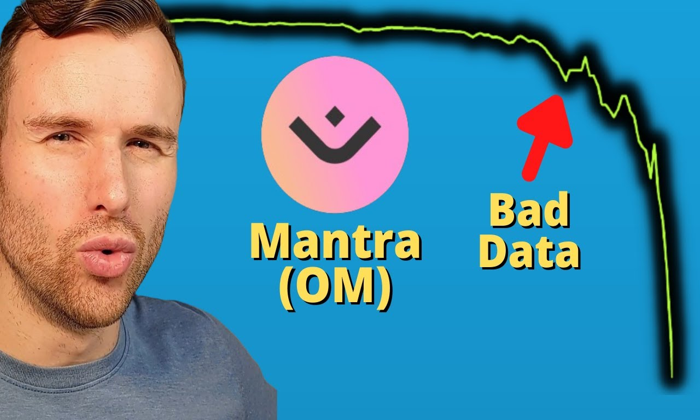
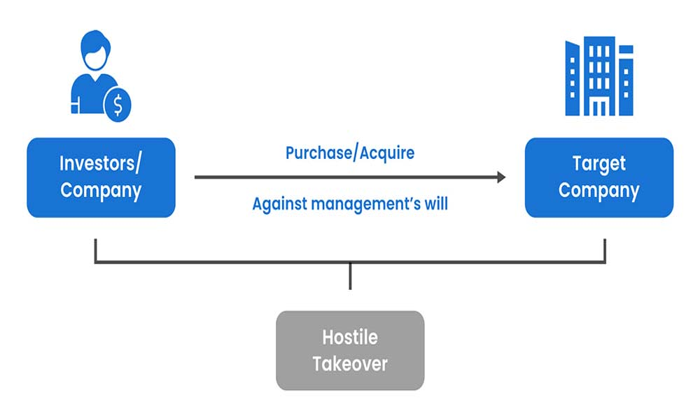
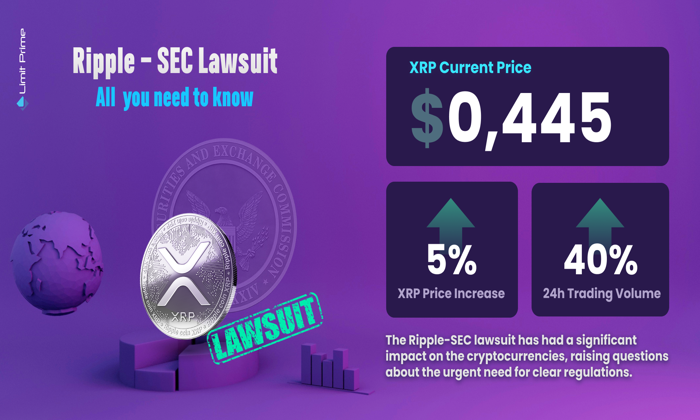


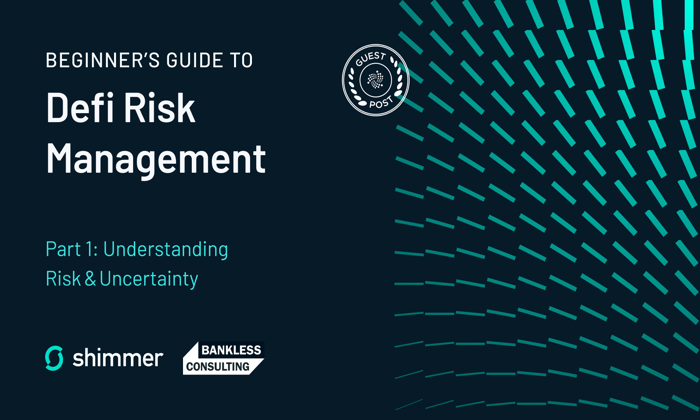
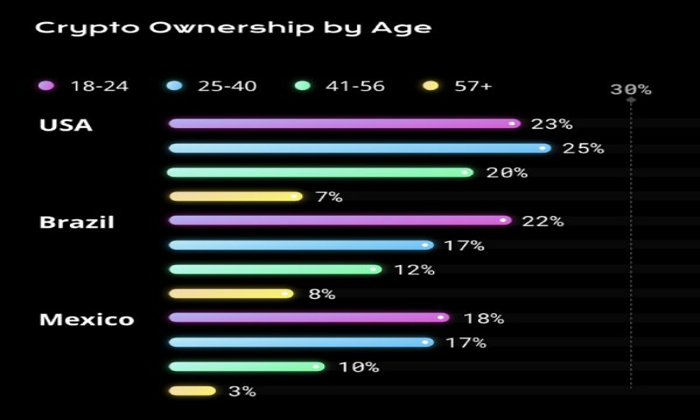


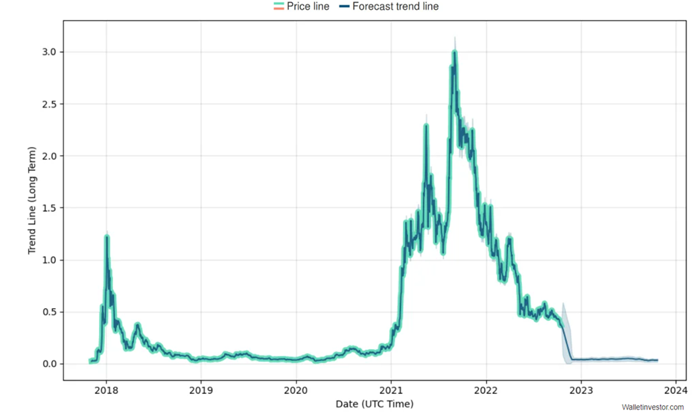

Leave a Reply